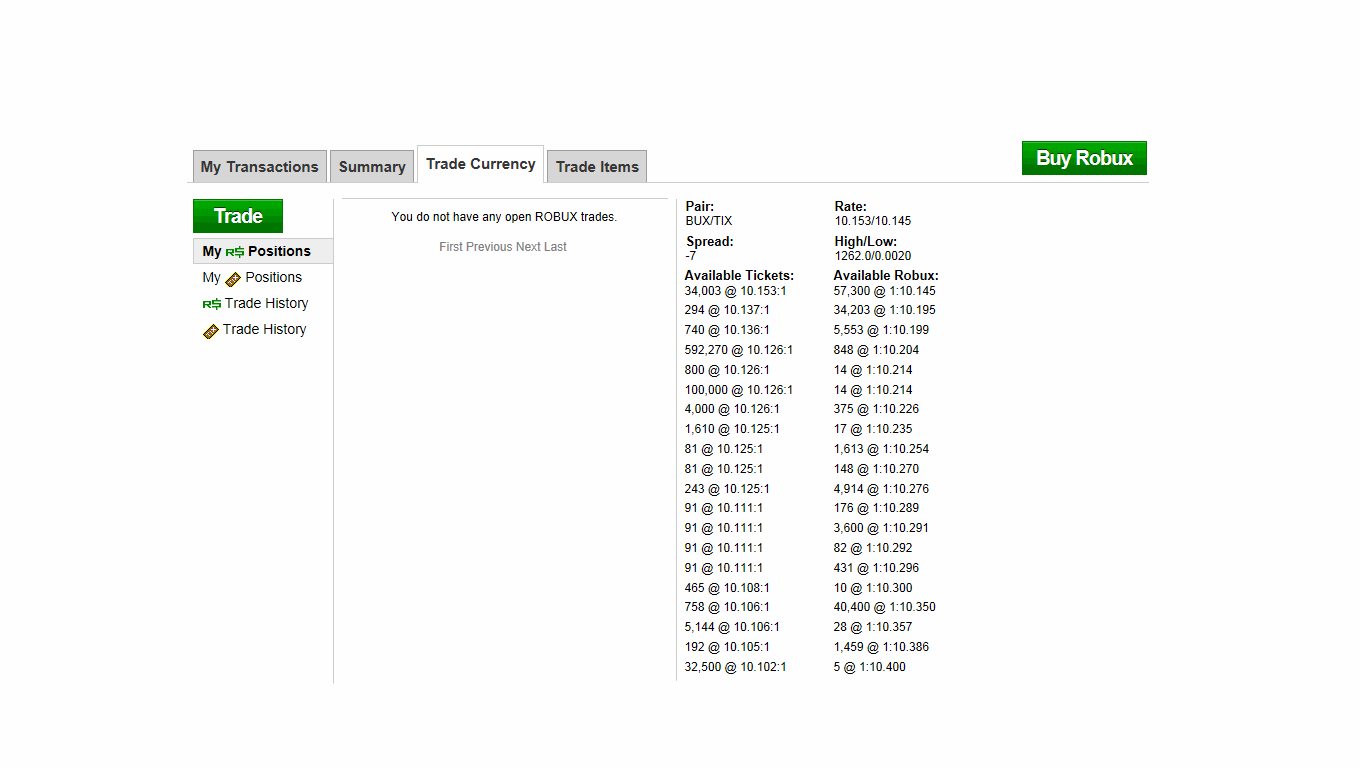
The CFrameValue object can be used to store exactly one CFrame value in a Roblox object. The positional component is available as a datatype/Vector3 in the Position property. In addition, the components of a CFrame’s position are also available in the X, Y and Z properties like a Vector3.
Full Answer
What is a cframevalue in Roblox?
The CFrameValue object can be used to store exactly one CFrame value in a Roblox object. The positional component is available as a datatype/Vector3 in the Position property. In addition, the components of a CFrame’s position are also available in the X, Y and Z properties like a Vector3.
How to position a cframe at a specific point?
An empty CFrame can be created with datatype/CFrame|CFrame.new () at a default position of 0, 0, 0 in the game world. To position a CFrame at a specific point however, you should provide X, Y, and Z parameters to CFrame.new ().
How to re-position the redblock object in a cframe?
In the following example, the redBlock object is re-positioned at -2, 2, 4 by overwriting its CFrame property with the values stored in newCFrame. Alternatively, you can provide a new datatype/Vector3 position to CFrame.new () and achieve the same result:
What is a coordinate frame in Roblox?
CFrame, short for coordinate frame, is a data type that describes a 3D position and orientation. It is made up of a positional component and a rotational component. It includes essential arithmetic operations for working with 3D data on Roblox.

How do you change positions to CFrame on Roblox?
CFrame. new(Your vector 3 position) will do it, just pop it and it will be a cframe.
Is CFrame a position?
CFrame, short for coordinate frame, is a data type that describes a 3D position and orientation. It is made up of a positional component and a rotational component. It includes essential arithmetic operations for working with 3D data on Roblox.
How do you CFrame on Roblox?
18:5542:28Roblox CFrame Tutorial | LookVector, Angles & More! - YouTubeYouTubeStart of suggested clipEnd of suggested clipYou can give your angles in degrees which is what we're going to do but you have to convert themMoreYou can give your angles in degrees which is what we're going to do but you have to convert them into radians which is why we use the function built-in to roblox called math dot. Around.
Can you add Vector3 to CFrame?
CFrame + or - Vector3. Adding or subtracting Vector3s to CFrames is very straight forward. We simply add/subtract the vector x, y, and z to the CFrame x, y, and z and the rotation aspect remain unchanged.
What does CFrame mean in Roblox?
short for Coordinate FrameA CFrame , short for Coordinate Frame, is a data type used to rotate and position 3D objects. As either an object property or a standalone unit, a CFrame contains global X, Y, and Z coordinates as well as rotation data for each axis.
Can you tween CFrame?
new(position) . @SOTR654 used the table {["CFrame"] = ...} , you can just use {CFrame = ...} . Anchor the part you're tweening. Anything unanchored and welded the anchored object being tweened will move with it.
How do you set CFrame?
You can set a position to a CFrame by passing in 3 raw X, Y, Z values, or a Vector3 value. There is also the ability to rotate towards a vector. By using the CFrame. Angles function, you can create euler angles to rotate a CFrame.
How do you move a CFrame forward?
1:022:16Roblox | How to move a part using CFrame - YouTubeYouTubeStart of suggested clipEnd of suggested clipAnd then 2 closing parenthesis then type in wait and then we're gonna do the exact same thing forMoreAnd then 2 closing parenthesis then type in wait and then we're gonna do the exact same thing for the down motion. But instead of + right here we're gonna type in -.
How do you multiply CFrame?
If you wanted to multiply the position of the CFrame, you can simply just multiply each position coordinate with the number you want to multiply them by, such as CFrame. new(1 x 3, 4 x 4, 2 x 4).
What is LookVector?
LookVector is a property of CFrames aka Coordinate Frames that represent the unit vector of the CFrame direction. If you'd like to construct your own CFrames with lookvectors, you can call CFrame. fromMatrix .
What is the difference between CFrame and Vector3?
Vector3 is the position in 3D space, whereas CFrame is made up of many components, all boiling down to position and orientation. The first part gives the part a position and the second part makes the part face in the direction of that position.
How do you make a part look at something on Roblox?
1:3110:33How to use CFrame.lookAt() in Roblox Studio - YouTubeYouTubeStart of suggested clipEnd of suggested clipLook part dot position then part dot. Position. So what this is basically doing is if you were ifMoreLook part dot position then part dot. Position. So what this is basically doing is if you were if you've been coding on roblox for a while.
How to position a CFrame?
For instance, the following code positions the redBlock part directly between the greenCube and cyanCube parts, using a value of 0.7 to place it 70% of the distance away from the green cube.
How to create a CFrame?
An empty CFrame can be created with datatype/CFrame|CFrame.new () at a default position of 0, 0, 0 in the game world. To position a CFrame at a specific point however, you should provide X, Y, and Z parameters to CFrame.new (). In the following example, the redBlock object is re-positioned at -2, 2, 4 by overwriting its CFrame property with the values stored in newCFrame.
How to offset an object in CFrame?
This can be done by simply adding or subtracting a Vector3 to/from a new CFrame created at the object’s position.
What is CFrame:ToWorldSpace used for?
CFrame:ToWorldSpace () is also useful for rotating an object relative to itself, for instance rotating it 70 degrees counter-clockwise on its current Y axis and 20 degrees clockwise on its current Z axis.
What is a CFrame?
A datatype/CFrame, short for Coordinate Frame, is a data type used to rotate and position 3D objects. As either an object property or a standalone unit, a CFrame contains global X, Y, and Z coordinates as well as rotation data for each axis. In addition, CFrames contain helpful functions for working with objects in the 3D space.
How to make a CFrame point toward the target?
Rotate the CFrame to make the top surface (marked by the black circle) point toward the target.
Which is more powerful, CFrame or strict constructor?
In these cases, CFrame functions are far more powerful than the strict constructors.

Popular Posts:
- 1. con con con game roblox
- 2. how to change display names on roblox mobile
- 3. how to put more than 1 hair on roblox
- 4. how to make ragdoll in roblox studio
- 5. how to create roblox clothes
- 6. a game where you play as door on roblox
- 7. can you get roblox on ps4 for free
- 8. can i cancel roblox premium anytime
- 9. a roblox game image
- 10. what are roblox figures